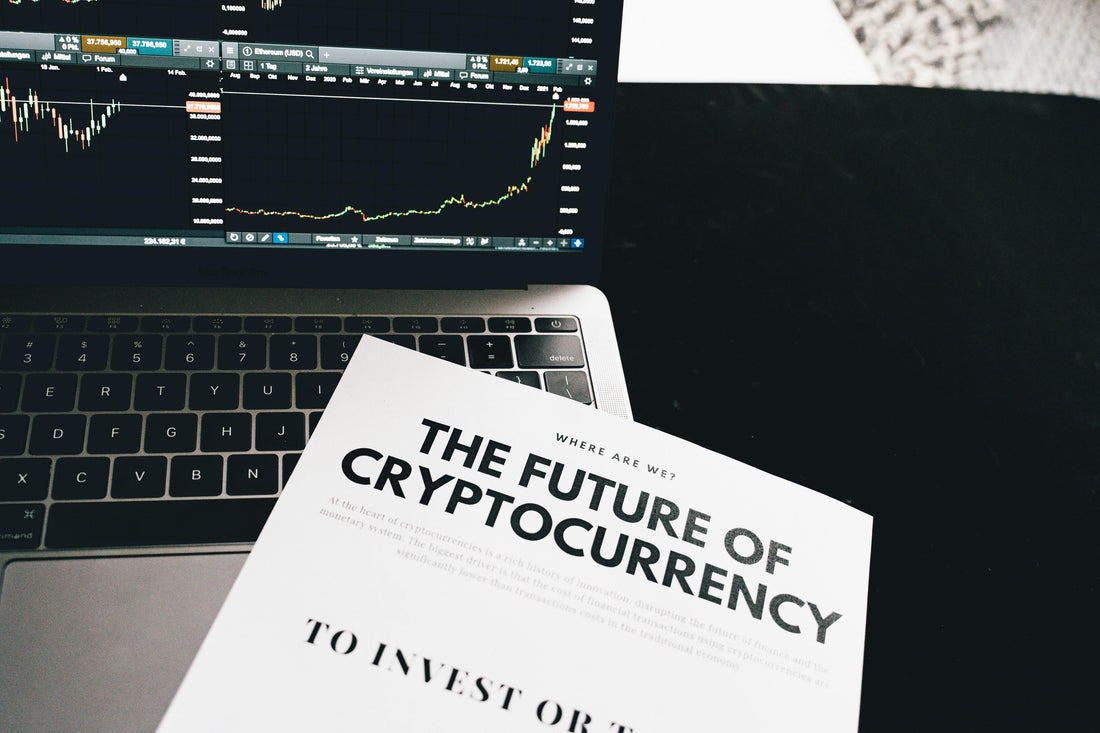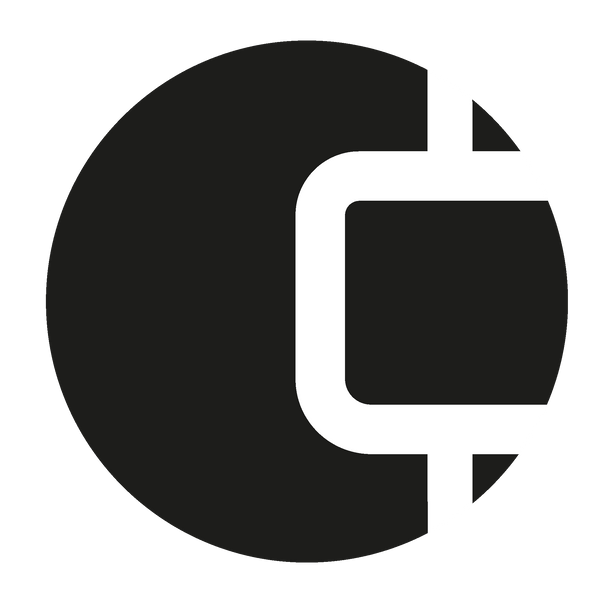
Solana: The High-Speed Blockchain of the Future?
Share
The world of cryptocurrencies is constantly evolving, and one blockchain that has gained significant attention in recent years is Solana (SOL). With its focus on high speed, low fees, and scalability, Solana is considered one of the most promising alternatives to Ethereum. But what makes Solana so special, and can it really become the backbone of decentralized finance (DeFi) and Web3 in the future?
What is Solana?
Solana is a high-performance blockchain founded in 2017 by Anatoly Yakovenko. Its main goal is to solve the three classic problems of blockchain technology: scalability, decentralization, and security—often referred to as the "Blockchain Trilemma."
By combining Proof of Stake (PoS) with a unique Proof of History (PoH) mechanism, Solana enables ultra-fast transactions with extremely low fees.
🔹 Block time: ~400 milliseconds
🔹 Transactions per second (TPS): Theoretically over 65,000
🔹 Average transaction fee: Less than $0.01
Thanks to its high performance, Solana has built a strong community and has become home to a variety of decentralized applications (dApps), NFT marketplaces, and DeFi projects.
Why is Solana So Fast?
A key reason for Solana's high speed is its Proof of History (PoH) mechanism. While traditional blockchains like Bitcoin or Ethereum process transactions sequentially, Solana uses PoH to generate a cryptographic timestamp for each transaction. This means nodes no longer have to wait for transactions to be verified, as their order is already established.
➡ Result: Much faster processing, no network congestion, and extremely low transaction costs.
The Strengths of Solana
✅ High Scalability – Solana can process thousands of transactions per second, making it one of the most powerful blockchains.
✅ Low Fees – While Ethereum transactions often cost several dollars, fees on Solana remain at a fraction of a cent.
✅ Strong Developer Community – With more projects and dApps launching, the Solana ecosystem continues to grow.
✅ Support for DeFi & NFTs – Solana hosts numerous decentralized finance applications (Raydium, Serum, Orca) and NFT projects (Magic Eden, SolSea).
✅ Sustainability – Compared to Proof of Work blockchains like Bitcoin, Solana is significantly more energy-efficient.
Challenges and Criticism of Solana
🚧 Network Outages: Solana has experienced multiple network outages in the past, during which the entire system was down for hours or even days. Critics argue that while the blockchain is fast, it is not yet stable enough.
🚧 Centralization Concerns: The number of validators on Solana is relatively low compared to Ethereum or Bitcoin. Some fear this could make the network too centralized.
🚧 Competition with Ethereum: Ethereum remains the leading platform for smart contracts and DeFi. With the transition to Ethereum 2.0, Solana may face new challenges.
Solana vs. Ethereum – Who Will Win the Race?
Solana and Ethereum are two of the leading blockchain platforms, but they have different strengths:
| Criteria | Solana | Ethereum |
|---|---|---|
| Consensus Mechanism | Proof of Stake + Proof of History | Proof of Stake (since Ethereum 2.0) |
| Transaction Speed | ~65,000 TPS | ~30 TPS (Ethereum 1.0) / ~100,000 TPS (Ethereum 2.0) |
| Fees | Very low (<$0.01) | High (up to $50 during peak times) |
| Decentralization | Fewer validators, more centralized | Highly decentralized |
| Ecosystem | Rapidly growing, many dApps & NFTs | Largest DeFi and NFT ecosystem |
Ethereum is currently the dominant platform, but Solana has the potential to challenge Ethereum in specific areas—especially in NFTs, gaming, and DeFi.
Solana as an Investment – Is SOL Worth It?
Solana (SOL) is one of the top 10 cryptocurrencies by market capitalization and has shown impressive price gains in the past. But what does the future hold?
🔹 Opportunities for SOL:
- Growth of the DeFi and NFT markets
- Scalability makes it attractive for large projects
- Increasing acceptance by institutional investors
🔹 Risks for SOL:
- Possible new network outages
- Competition from Ethereum, Avalanche, or Cardano
- Regulatory uncertainties
Conclusion: Is Solana the Future of Blockchain?
Solana has established itself as one of the most exciting blockchain projects and could play a key role in the future of Web3, DeFi, and NFTs. With its high scalability and low fees, it offers a real alternative to Ethereum.
However, it remains to be seen whether Solana can resolve its network issues and whether it can compete with strong rivals in the long run. For crypto enthusiasts, investors, and developers, Solana is definitely a blockchain to watch!
